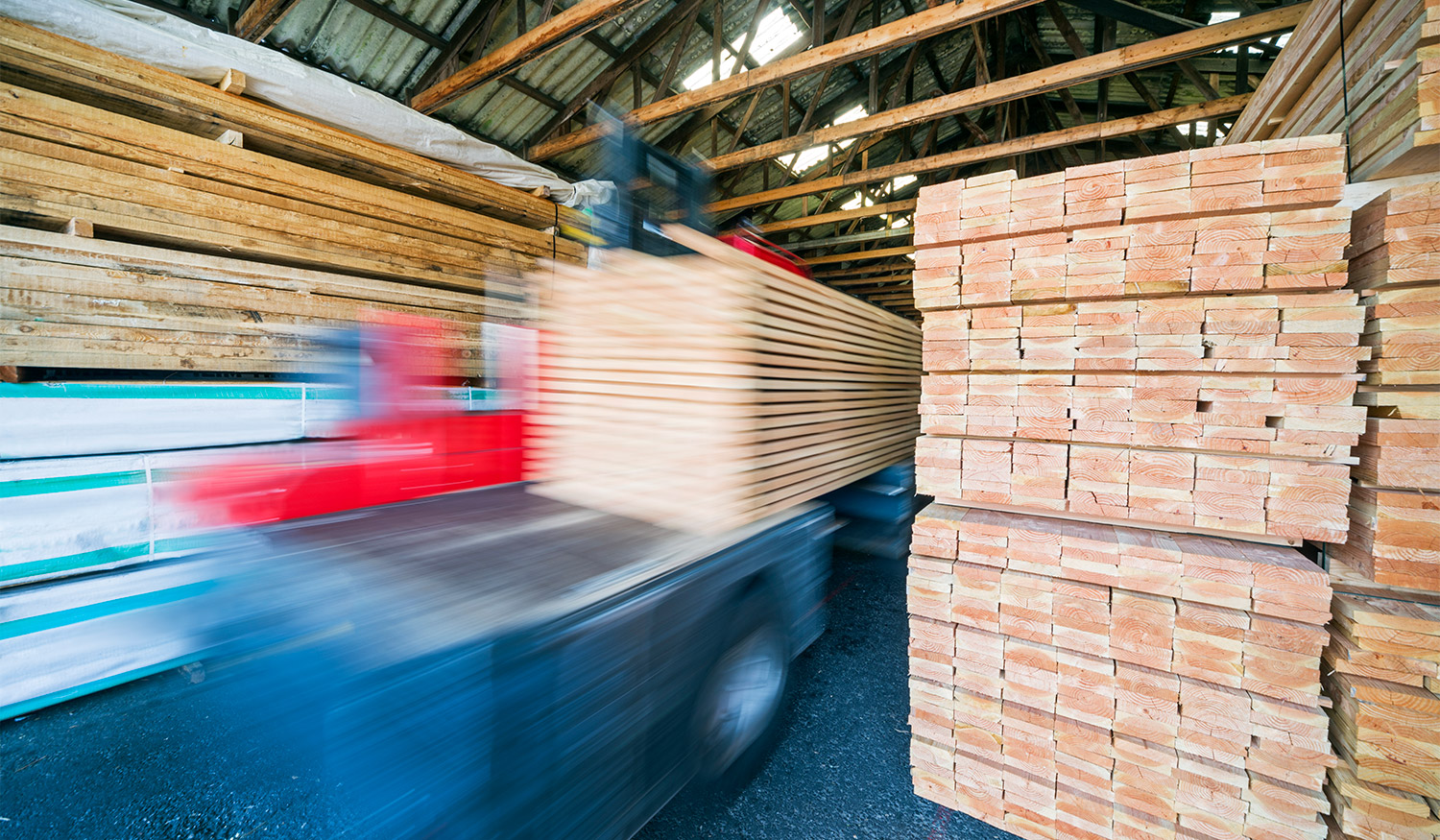Uplifting blog

Pressure perfect – The importance of hydraulic system maintenance
When you’re a lift truck operator, you’re feeling the pressure in more ways than one: the safety and productivity demands of the job, certainly. But also quite literally from what makes the difference between a lift truck and just a truck: the hydraulic system.
Hydraulics is where the power for every lift task comes from. The system consists of many different components, all working in harmony, to make it possible to lift, extend, steer…. Any motion, in fact, other than forward and reverse.
300 years in the making
French scientist Blaise Pascal discovered the principle of hydraulics more than 300 years ago. His experimentation showed that putting pressure on confined liquid resulted in new pressure in all directions. You direct that pressure properly, and it can drive pistons that in turn create the energy for mechanical activity.
It took some time before engineer Joseph Bramah tried it with practical applications. But in 1795, he patented the first hydraulic press.
The hydraulics system in a modern Konecranes lift truck is a direct descendant of that work. Our version is a little more complex, and has since our first trucks under the Konecranes name been the safer and fuel-saving load sensing version. We were pioneers in its use, and it’s still the standard we work with today.
Maintaining healthy pressure
The principle may be straightforward, but the hydraulics system is a complex one, and requires well-planned and performed maintenance to function at its best.
“If a main component from the hydraulics system breaks down, it’s a truck-stopper,” says Ola Olsson, Global Product Support Manager at Konecranes. “For example, if dust or other contamination gets in the cylinders, they have to be replaced and that can end up costing thousands of Euros—just from a maintenance miss on the filter.”
Early warning signs of problems in the hydraulics can include strange noises, high fluid temperatures and sluggish operation. At that point, you might already be having issues with mast drift, leaking hoses or clogged filters. That can compromise safety, and lead to unplanned downtime and costly repairs.

Hydraulics maintenance made easier
There are many ways maintenance teams can ensure optimal hydraulics performance. Some are relatively basic—regular filter changes in the returning fluid line is obvious. But there are more advanced opportunities to stay ahead of problems.
“Our Lifetime Advantage customers can access some very effective preventative options,” says Nicoleta Cretu, Parts Products Manager at Konecranes. “We have a hydraulic long-life filter available, which cleans hydraulic oil down to approximately 3 microns. And with a connection to TRUCONNECT, customers can also get the option for a remaining lifetime calculator of hydraulic oil. The calculator measures particles in the oil in real time, providing a more accurate estimate of when it needs to be changed. That might sometimes be at 12,000 hours, instead of the standard 4000 in regular maintenance schedules.”

Advanced services aside, there are some basics that are easy for all operators to benefit from “I think all customers should have the pressure gauge kit, “ says Nicoleta. “But I also strongly recommend its companion hydraulic pressure assortment box as well. It comes with all the adapters, unions and reducers needed to measure all hydraulic points on the machine. That will help in pinpointing and adjusting high or low pressure in the transmission, spreader, hydraulic lines, and other areas early enough to avoid accidents or costly repairs.”
Great lifts rely on great hydraulics
In a very real way, hydraulics make the lift truck. It’s worth—and highly recommended—doing a daily check for pressure problems. There are many helpful tools to make it easier, and provide the advance warning you need to stay ahead of dangerous or expensive problems.
Take care of your hydraulics, and they’ll take care of you.
Related Articles

Better health with good ergonomics
To promote better health and well-being in workplaces globally, Konecranes implements an extensive...

How electric forklifts improve productivity
Revolution or evolution? Is electrification really a transformation or is it just “marketing hype”...

Offer your co-workers improved work environment with electric forklifts.
The people working in your company are its most valuable assets. Offering them a safe and...
